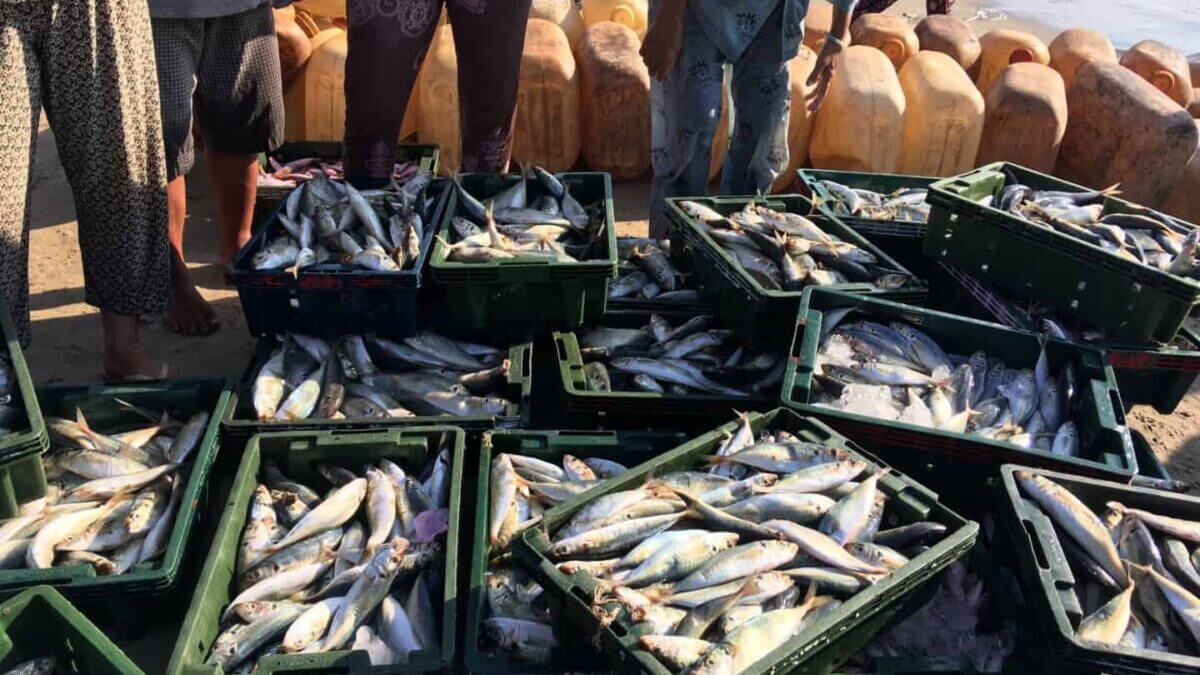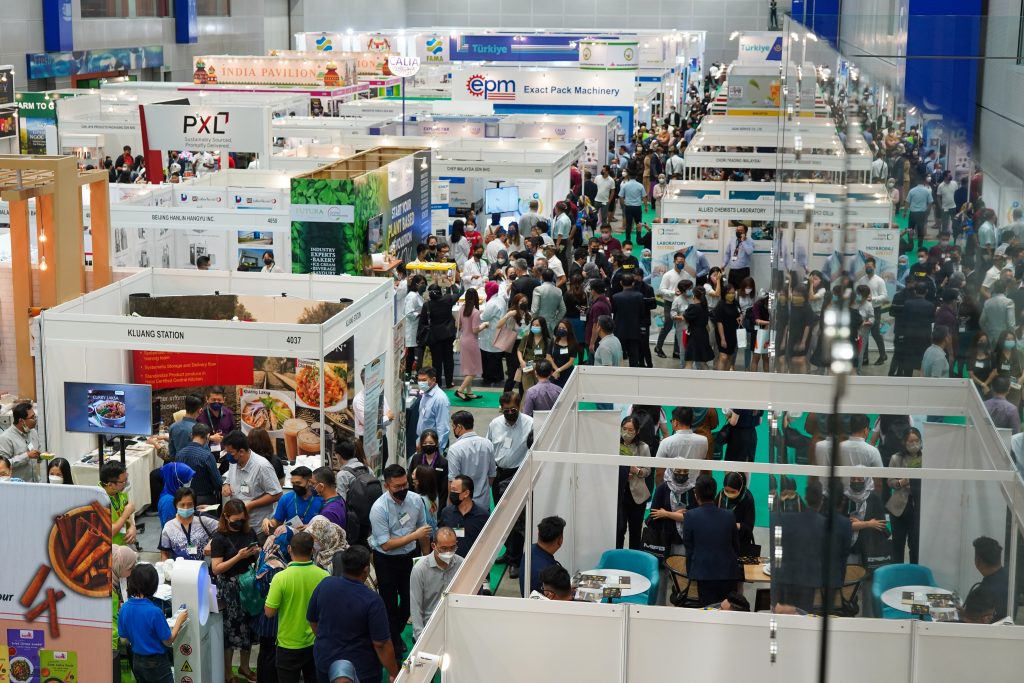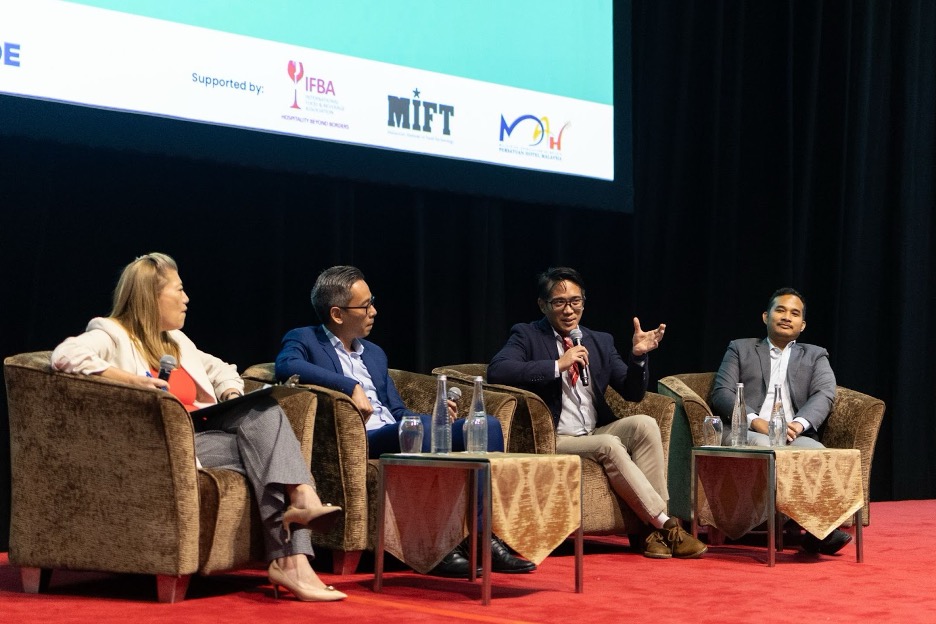The tides have changed for Southeast Asian fishermen who have had to face the hard truth that their livelihoods are threatened by big trawlers and illegal fishermen.
Not only are their catches in decline, especially for those who fish near the shore, they also have to compete with other commercial trawlers, water pollution, dangerous labor conditions, and shrinking seafood populations.
The trade war between the US and China in the Asia Pacific region is also intensifying the fish wars within the region.
Asia’s fisheries are essential for food security and are the rice bowls of rural and coastal populations. However, the distribution imbalance of global fish production, coupled with fish trade tariffs, is challenging the socio-economic growth in poorer countries.
To be clear, more than 50% of the world’s marine and river fish catch, and almost 90% of global aquaculture comes from Asia.
But according to experts at the Asia Maritime Transparency Initiative (AMTI) at the Center for Strategic and International Studies (CSIS) in Washington DC, total fish stocks in these waters have depleted by 70-95% since the 1950s.
Overfishing has caused fish populations and ocean habitats to be severely threatened beyond their capacity to recover from the devastating impacts.
The region’s fisheries are facing a crisis and their declining catches and collapsing fisheries need to be recognised as a food security risk, which will affect the region’s path to development.
Overfishing has nearly sucked the sea dry of mature seafood stock with even young creatures becoming by-catch in the nets of giant trawlers now commonly seen in the sea.
The Asia-Pacific Fishery Commission, a regional consultative forum, points out that there are two million fishing vessels in the South China Sea and the Bay of Bengal.
This large number of barges has put the future of the fisheries in peril.
Local and international fishing regulations do exist to control rampant illegal fishing activities that often go unreported.
But they haven’t fully benefited the smaller fishing businesses.
Take Malaysia for example. The Fisheries Department had taken numerous measures, including using technology such as the Vessel Monitoring System (VMS), to monitor fishing vessels.
The VMS is used to monitor fishing vessels traveling through local waters and nab any encroaching foreign vessels.
The department had also taken action against Malaysians who had broken the law, including the Fisheries Act 1983 and regulations stipulated in fishing permits. Among the action taken was to revoke the license for 472 vessels.
In December 2018, Malaysia Fisheries Department director-general Datuk Munir Mohd Nawi said preventive and rehabilitative measures would be implemented through fisheries management plan to overcome the situation of global warming, climate change, and pollution.
The undersupply has caused Malaysia to import seafood to meet local demand, especially for restaurants, for premium fish like salmon, red snapper and mussels.
He called on stricter control, supervision, and management of marine life to steer our country’s fish stock away from the danger of being depleted due to overexploitation and poaching.
Malaysian fishermen caught nearly one million tonnes of seafood annually, with about 40,000 tonnes kept as frozen reserves.
In conclusion, if we don’t do something about overfishing now, by 2048 all of the species that we currently fish for food will have disappeared.
Not only will we be saying goodbye to a valuable and delicious source of protein, but also the livelihoods of fishermen, both big and small, around the globe.
If you have techniques to improve marine life and still provide the same amount of fish for consumption, MIFB is the place for you to exhibits and share your knowledge and technology.



